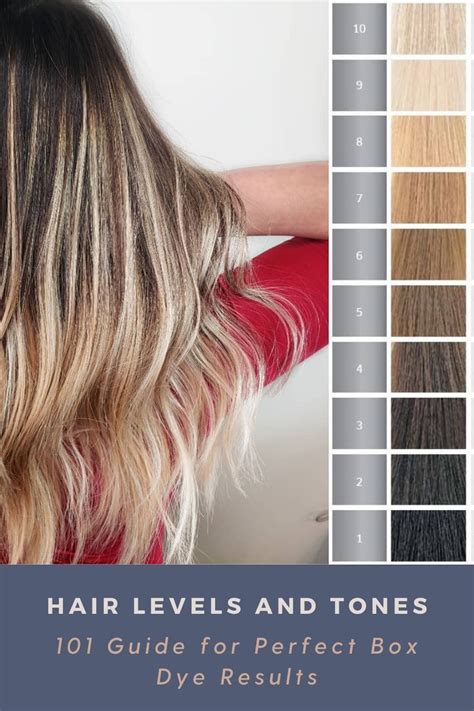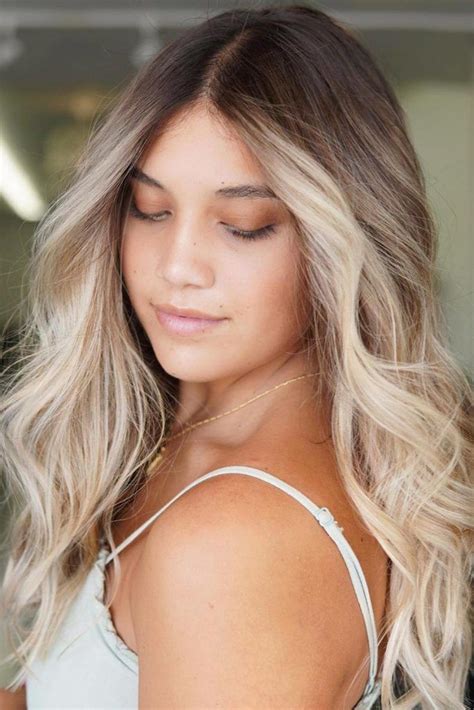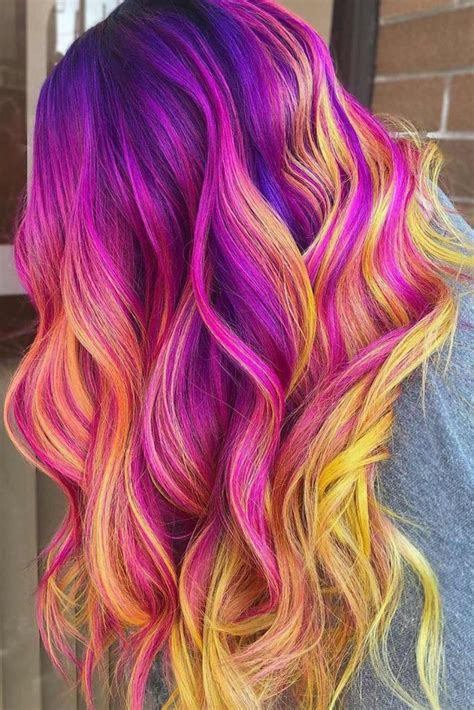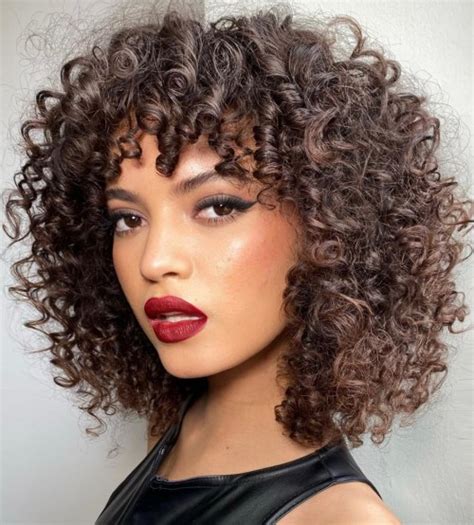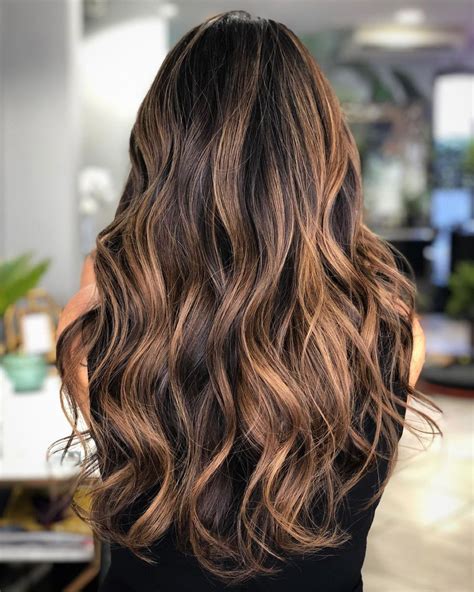Discover the essentials of hair levels, tones, and color charts. Learn how to choose the perfect hair color and get tips for DIY coloring.
Understanding Hair Levels
Contents
When it comes to understanding hair levels, it’s important to know that this refers to the lightness or darkness of the hair. It helps in determining the starting point for hair coloring process. The hair levels range from 1 to 10, with 1 being the darkest black and 10 being the lightest blonde. Each level represents a different shade of hair color, and it’s essential to identify the current level of hair before deciding on a new hair color.
In order to accurately understand the hair levels, it’s important to visually inspect the natural hair color in natural light. This can help in determining the exact level of the hair, which then helps in choosing the right hair color. It’s also important to consider the underlying pigments in the hair, as they can affect how the hair color turns out.
Understanding hair levels is crucial when it comes to coloring the hair, whether it’s a DIY process or getting it done at a salon. By knowing the current level of the hair, one can choose a hair color that is within a few shades lighter or darker to achieve the desired result. It’s also important to keep in mind that drastic changes in hair color may require multiple sessions to prevent damage to the hair.
Overall, understanding hair levels is the first step towards achieving the right hair color. It helps in making informed decisions when choosing a new hair color and ensures that the final result is as desired. By taking the time to understand the hair levels, individuals can have a better grasp of the coloring process and can avoid any unexpected outcomes.
Identifying Hair Tones
Identifying Hair Tones
Identifying Hair Tones
Understanding hair tones is essential when choosing the right hair color. Hair tones can be warm, cool, or neutral, and each tone can affect the overall look of your hair color. Warm tones include red, copper, and gold, while cool tones consist of ash, platinum, and violet. Neutral tones are a mix of warm and cool tones, creating a balanced look. By identifying your hair tone, you can find a hair color that complements your skin tone and enhances your natural beauty.
When determining your hair tone, it’s important to consider your skin undertone. If you have warm undertones, such as yellow or olive, warm hair colors will suit you best. On the other hand, if you have cool undertones, like pink or blue, cool hair colors will be more flattering. Understanding the relationship between your skin undertone and hair tone is the key to achieving a harmonious look.
A hair color chart can be a useful tool for identifying hair tones. The chart typically displays a range of hair colors and their corresponding tones, making it easier to visualize the differences between warm, cool, and neutral shades. Whether you’re looking to go blonde, brunette, or redhead, consulting a hair color chart can help you pinpoint the perfect shade for your hair tone.
It’s also important to note that hair tones can change over time due to factors such as sun exposure, chemical treatments, and aging. This means that your hair tone may not be the same throughout your life, requiring adjustments to your hair color choices. By staying aware of these changes and regularly reassessing your hair tone, you can continue to make informed decisions about your hair color.
Overall, understanding how to identify hair tones is an important part of the hair coloring process. By knowing whether your hair tone is warm, cool, or neutral, and considering your skin undertone, you can confidently choose a hair color that enhances your natural features and reflects your personal style.
Hair Color Chart Basics
When it comes to choosing the right hair color, understanding the basics of a hair color chart is essential. A hair color chart typically consists of various levels and tones that help determine the perfect shade for your hair. These levels and tones are crucial in achieving the desired hair color, whether you’re going for a natural look or a bold and vibrant hue.
First and foremost, hair levels refer to the lightness or darkness of your hair. There are generally 10 levels, with 1 being the darkest (black) and 10 being the lightest (pale blonde). Understanding your natural hair level is the starting point in choosing the right hair color.
On the other hand, hair tones determine the undertones present in your hair, such as warm, cool, or neutral tones. Warm tones are typically red, orange, or yellow, while cool tones are more on the blue, green, or violet side. Neutral tones, as the name suggests, are a balance of both warm and cool tones.
By using a hair color chart, you can easily identify the levels and tones that will help you achieve the hair color you desire. Whether you want to go lighter, darker, or add certain undertones to your hair, referencing a hair color chart is essential in making informed decisions about your hair color.
Choosing the Right Hair Color
Choosing the Right Hair Color
When it comes to choosing the right hair color, it’s important to consider several factors such as your skin tone, natural hair color, and personal style. Here are some tips to help you make the best decision for your next hair color change.
First, it’s essential to determine your hair level – which refers to how light or dark your hair is. This can be categorized on a scale of 1 to 10, with 1 being the darkest (black) and 10 being the lightest (pale blonde). Knowing your hair level will help you understand how your hair will react to different hair colors and tones.
Next, consider your hair tone – warm, cool, or neutral. Warm tones include red, orange, and yellow undertones, while cool tones have blue, violet, and green undertones. Neutral tones are a mix of warm and cool tones. It’s important to choose a hair color that complements your skin tone, whether it’s warm, cool, or neutral.
Refer to a hair color chart to identify the different shades and tones available. A hair color chart will show the range of colors from dark to light, as well as the warm, cool, and neutral tones within each shade. This can help you visualize how a particular hair color will look on your hair based on your current hair level and tone.
Finally, if you’re DIY coloring your hair, it’s important to choose a hair color that is only 1-2 shades lighter or darker than your natural hair color. Drastic changes in hair color can be difficult to achieve at home and may require professional help. Additionally, consider the maintenance and upkeep required for different hair colors to ensure you choose a color that fits your lifestyle.
Tips for DIY Hair Coloring
When it comes to coloring your own hair at home, there are a few important tips to keep in mind to ensure successful results. Firstly, choose the right shade that complements your skin tone and eye color. It’s crucial to consider the undertones in your hair to avoid unwanted brassy or ashy results. Next, invest in quality products to achieve salon-like results. Using cheap hair dye can lead to uneven color and damage to your hair. Take the time to do a patch test before applying the dye to your entire head to avoid potential allergic reactions.
Before starting the coloring process, it’s important to protect your skin and clothing to avoid staining. Apply a layer of petroleum jelly along your hairline and wear an old t-shirt to prevent the dye from getting on your clothes. It’s also essential to read the instructions carefully before starting. Different hair dyes have different processing times, and failure to follow the instructions can lead to uneven or unpredictable results.
During the application process, make sure to section your hair carefully to ensure that the dye is evenly distributed. Use clips to separate your hair into small sections and apply the dye from root to tip. Set a timer to keep track of the processing time, but also check the color periodically to avoid overprocessing. Once the color is ready, rinse your hair thoroughly with lukewarm water until the water runs clear.
After coloring your hair, it’s essential to take care of it to maintain the color and keep your hair healthy. Use products specifically designed for colored hair and avoid washing your hair too frequently, as this can cause the color to fade. With these tips in mind, you can achieve beautiful, professional-looking results when coloring your hair at home.
Frequently Asked Questions
What is a hair color chart?
A hair color chart is a visual representation of different hair colors, often organized by levels and tones, to help people choose the right shade for their hair.
What are hair levels and tones?
Hair levels refer to the lightness or darkness of the hair, typically ranging from 1 (black) to 10 (lightest blonde). Tones refer to the underlying hues in the hair, such as warm, cool, or neutral tones.
How can I use a hair color chart to choose the right shade?
By understanding your current hair level and tone, you can use the hair color chart to choose a shade that will complement or enhance your natural color.
What are some common hair color terminology used in hair color charts?
Some common terms include ash (cool/neutral tone), golden (warm tone), copper (red-orange tone), and mahogany (red-violet tone), among others.
Can I use a hair color chart for at-home hair coloring?
Yes, a hair color chart can be a helpful tool for at-home hair coloring, as it provides a reference for choosing the right shade and understanding the expected results based on your current hair color.
How do I know which hair color level is right for me?
The right hair color level for you depends on your skin tone, eye color, and personal preference. Consulting with a professional hairstylist can also help you determine the most flattering hair color level for you.
Are there specific hair color charts for different hair colors?
Yes, there are hair color charts designed specifically for blonde, brunette, red, and black hair colors, providing a range of shades within each color category.

